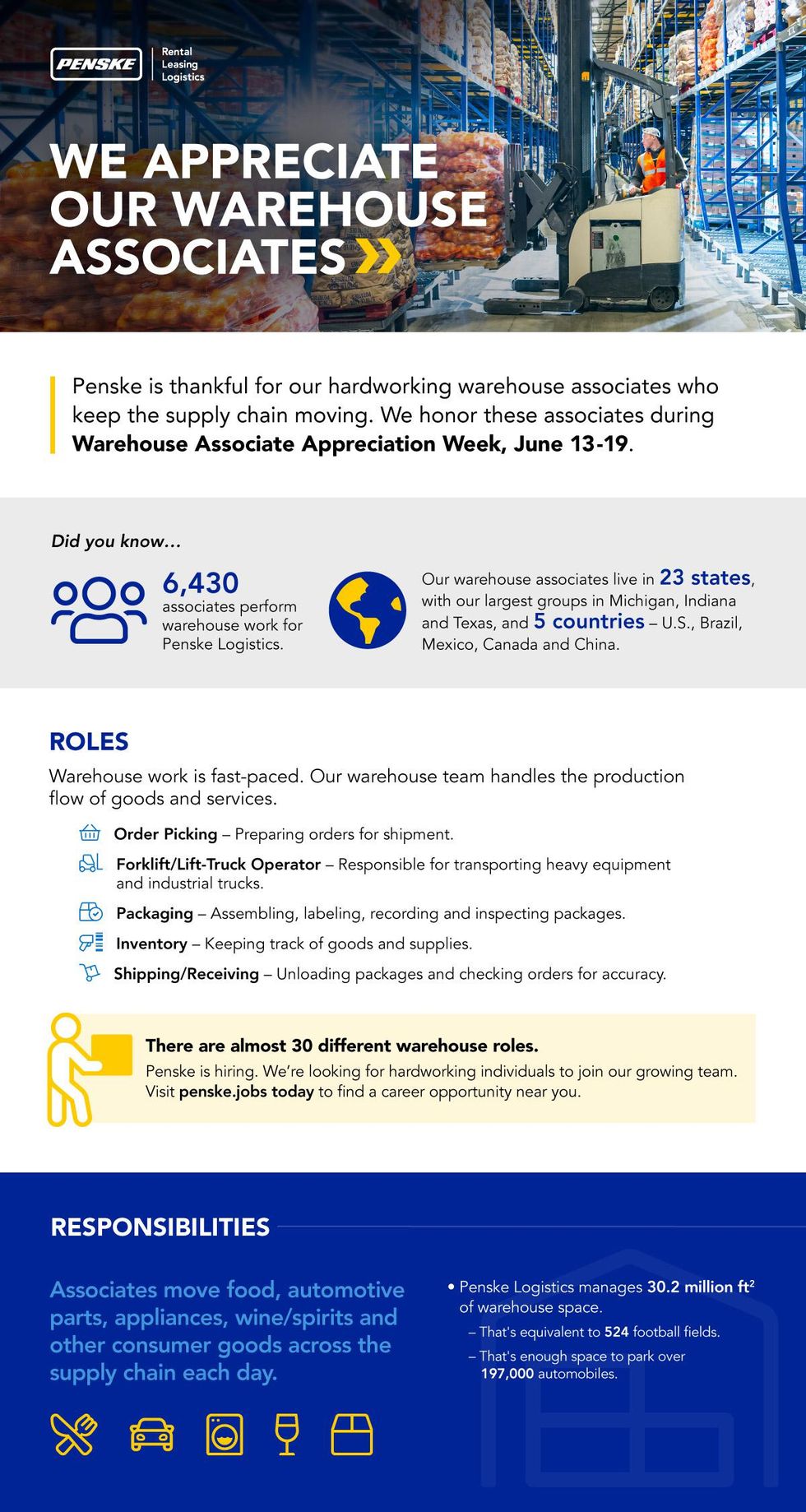Multi-Client Warehousing: Share the Cost, Minimize the Risk
In uncertain times, a multi-client option provides flexibility among other benefits.
Multi-Client Warehouse
When there is a decline in available warehouse space, manufacturers may look for alternative ways to meet their inventory storage needs. Many choose multi-client warehousing (MCW) as an alternative solution.
In a space-constrained market, MCW makes sense because it enables shippers to tailor warehouse capacity to shifts in operational demands. Moreover, they can defray the cost of storage by sharing resources – a key benefit when the cost of warehousing space rises.
Warehouse Availability
Demand for warehouses, distribution centers and other industrial property, at times, outpaces supply. Some drivers include increasing e-commerce volumes, strong household spending, business investment and the strength of the U.S. economy. Demand for newly constructed and more modern spaces is growing due to the use of automation and artificial intelligence and to provide better employee amenities, according to a report from CBRE Research on the U.S. Real Estate Market Outlook.
These trends also impact the availability of labor, especially when unemployment rates in the U.S. are low. According to the 29th Annual Third-Party Logistics Study, the availability of labor and average wages can vary widely depending on the geographic location, market, type of warehouse or industry and role.
The bottom line for manufacturers is that warehousing space – and the personnel needed to run facilities – is getting more expensive and scarcer. "We are at a point where warehouse vacancies are very low, and rents are going in the opposite direction," said Andy Moses, senior vice president of solutions and sales strategy at Penske Logistics.
While these imbalances are subject to short-term fluctuations such as demand surges during peak holiday periods and monthly ups and downs, overall, the inventory storage market is expected to track this way for some time.
Flexing with the Market
MCW solutions are well adapted to this environment. In this model, a manufacturer shares the same storage footprint with a number of other shippers. Usually there is an anchor tenant that takes the largest chunk of space.
This format is in tune with the concept of a "sharing economy," where a core idea is to maximize the utilization of resources by spreading them across a community of users. MCW captures these benefits in various ways.
More flexible space allocation is one example. Since MCW facilities are occupied by multiple tenants, it is easier to offer individual shippers warehousing solutions that fit their current needs. A manufacturer does not have to commit to a large, dedicated facility and pay for space and associated services it may or may not need.
Lead logistics providers (LLP) such as Penske Logistics that operate MCW facilities make sure that the businesses housed in a warehouse are compatible. For example, food-grade storage spaces must meet rigorous standards for cleanliness, but consumer packaged goods businesses such as paper goods manufacturers can occupy a space adjacent to the food company.
There may also be opportunities for exploiting synergies between tenant companies, points out Moses. Two or more shippers might be able to pool truck capacity, for instance. Again, the LLP can pinpoint these types of cost-saving strategies.
Penske also ensures that infrastructure such as warehouse management systems (WMS) cater to the requirements of every tenant – even though each business may have distinct demands in areas such as the use of radio frequency scanners, documentation and communications.
Advanced WMS technology – which LLPs such as Penske Logistics now routinely offer – usually includes labor management modules, another area where the MCW model can reduce the cost and improve the efficiency of inventory storage.
Allocating labor over multiple accounts and adjusting worker numbers in line with variations in demand for each shipper in the facility helps. Integrated labor modules also perform analytics that identify opportunities for increasing productivity and alert management to situations where the workforce is underperforming.


 Cristy Sinclair, Penske Logistics director of food safety, has been recognized as a 2022 Rock Star of the Supply Chain by Food Logistics magazine.
Cristy Sinclair, Penske Logistics director of food safety, has been recognized as a 2022 Rock Star of the Supply Chain by Food Logistics magazine.